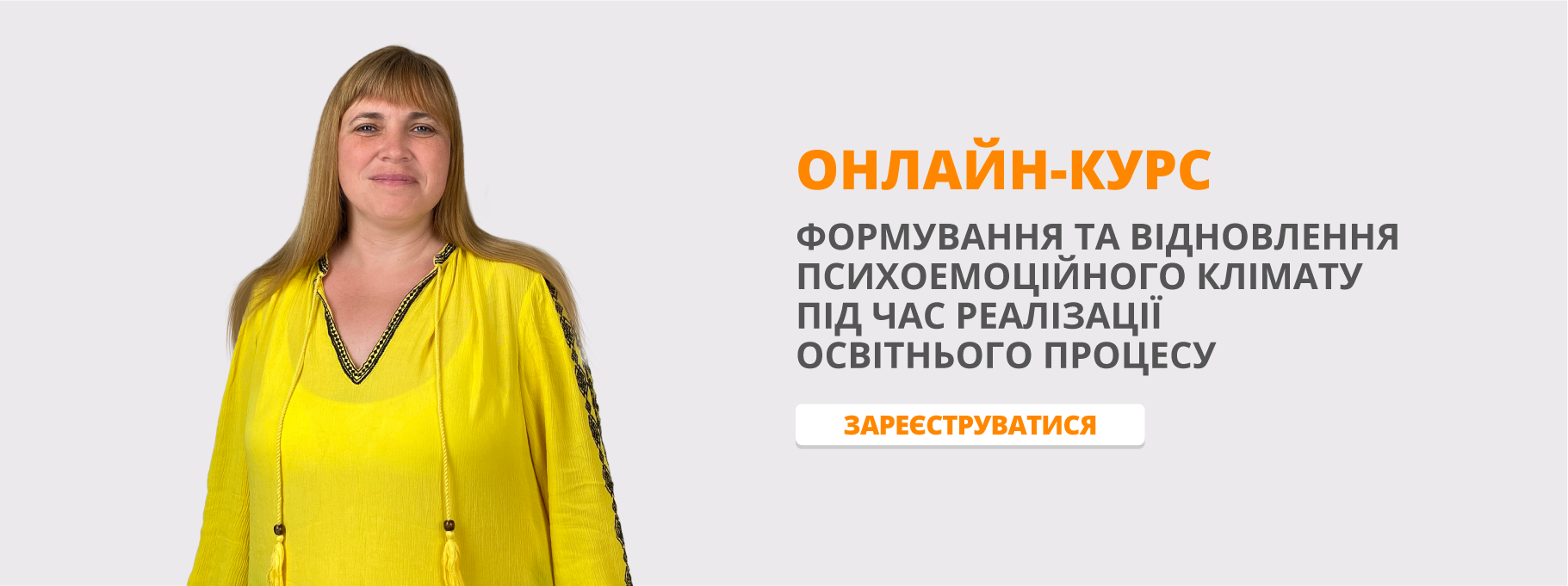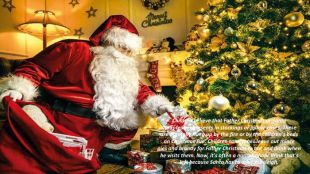Christmas in Ukraine and Great Britain
Про матеріал
Презентація "Christmas in Ukraine and Great Britain" ознайомлює дітей із традиціями та звичаями в Україні та Великій Британії. Перегляд файлу
Зміст слайдів
pptx
Оцінка розробки


Безкоштовний сертифікат
про публікацію авторської розробки
про публікацію авторської розробки
Щоб отримати, додайте розробку
Додати розробку






























